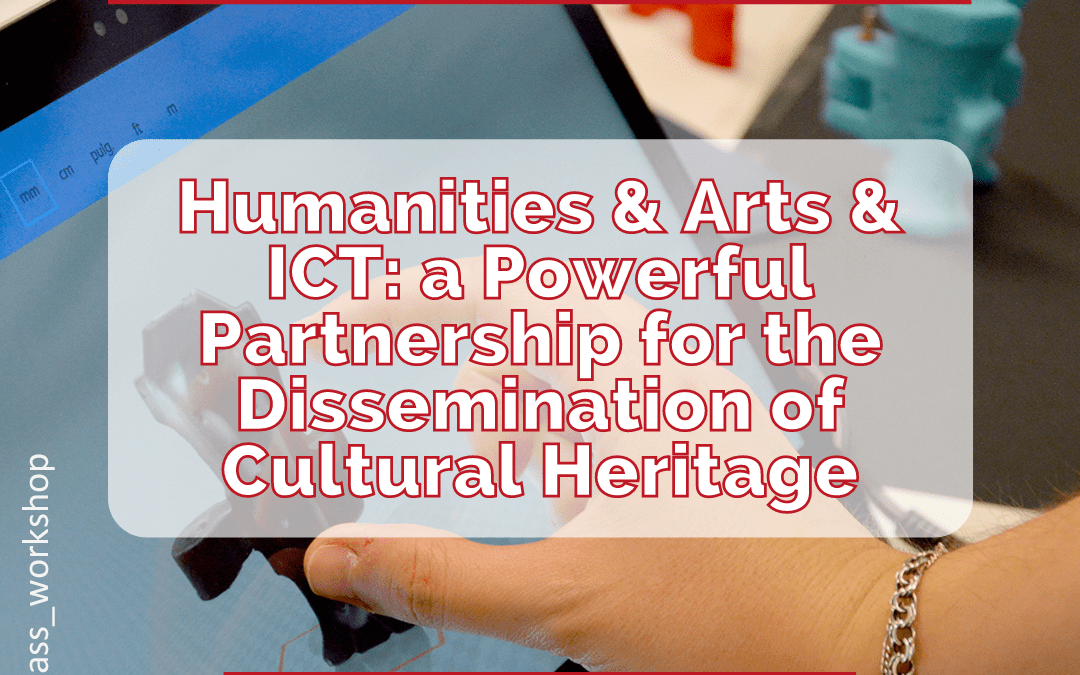Proffesor Eloy Hortal and Professor Maria Luisa Walliser present next tuesday 4th of May “Humanities & Arts & ICT as a Powerful Partnership for the Dissemination of Cultural Heritage: the successful case study of the CINTER project (URJC) on The Heritage of Spanish Royal Sites” at University of Jordan.
Heritage encompasses tangible and intangible, natural, and cultural, movable, immovable, and documentary assets inherited from the past and transmitted to future generations by their irreplaceable value. The understanding and preservation of the Cultural Heritage are essential to preserving the country’s history, culture, and memory through history.
Each historical site, buildings, road, or engineering work constitutes a silent testimony of the past and tells us how people lived at the time. The term ‘heritage’ has evolved considerably over time; it now implies an integrated, interdisciplinary, and comprehensive perspective in the revision and rehabilitation of the cultural or industrial sites. Science, Technology, and Culture have come together to preserve the past and bringing it to the future. This is now possible because of the coming together of several factors; first by the UNESCO Sustainable Developmental Goals’ support that for the first time encourages the safeguarding the cultural heritage contributing significantly to the economic, social, and environmental development of the country. Second, by the generation of interdisciplinary teams that provide a holistic approach to understanding the everyday life of the past. Third the by the integration of new digital and virtual tools that are key in disseminating and visualizing the projects; and fourth by the productive collaboration between the scholarly work and the public and private sector create value for society.
In this context, we share the work of the pioneering CINTER research group and project “The Heritage of The Spanish Royal Sites” that is being developed in Spain by an interdisciplinary team of scholars from the Universidad Rey Juan Carlos in Madrid. This project aims to recover, preserve, and disseminate the relevance of the Historical Royal Sites in the country’s cultural and industrial heritage. These palaces, urban centers, woods and gardens, agricultural and industrial centers were built for and under the different Spanish Monarch’ patronage. At the same time, these places offered a rich cultural legacy, invaluable art collections, great libraries, theaters, scientific centers, and laboratories or cabinets, the testimony of the search for innovation and development of the times. Today, these sites constitute a valuable treasure that must be preserved for the future.
For a sustainable preservation of the Royal Sites or any cultural heritage, it is essential to modernize the way it is done. We must bring the past into the present as a living testimony, integrating digital and virtual technologies such as VR and AR, ArcGis, drone technology or Minecraft, to recreate an animated visual reality. We should also use new narratives and communication tools, including social media and virtual platforms, to revise our heritage not only as a testimony to the past but to project innovation into the future.
In the end, recovering Cultural heritage provides the opportunity to enhance the local treasures and bring value to our past. It also provides an excellent opportunity for creating sustainable economic development for the community, contributing to creating new jobs in the cultural industry, technology, tourism, or education.

Comentarios recientes